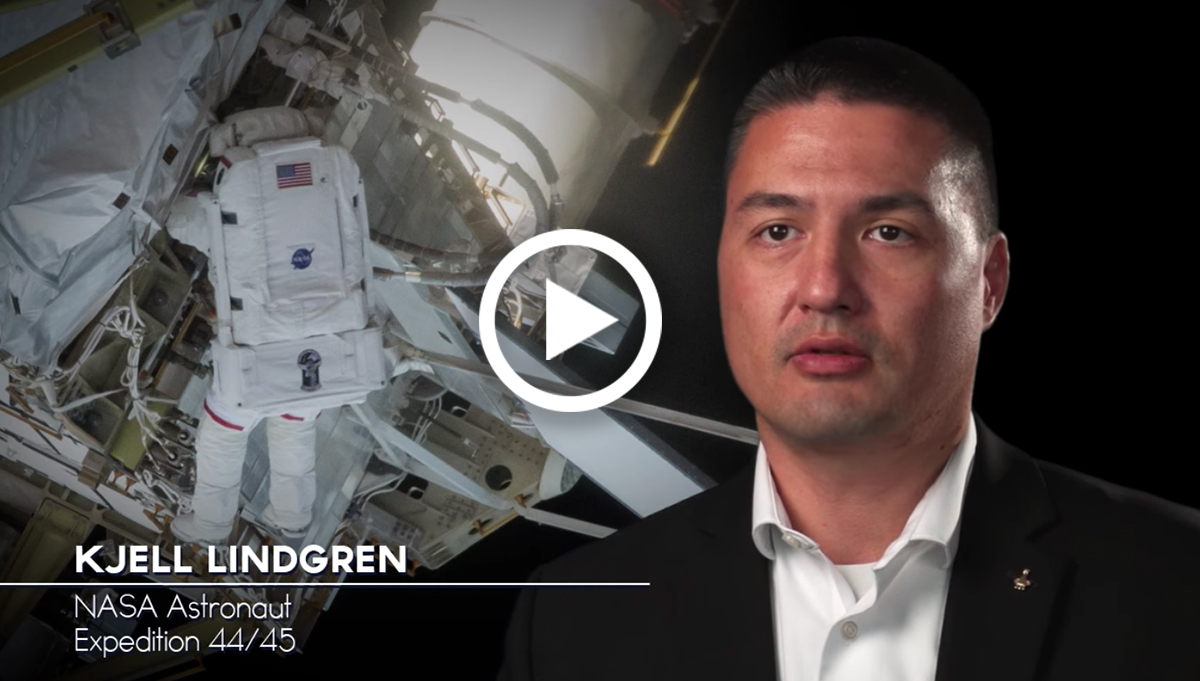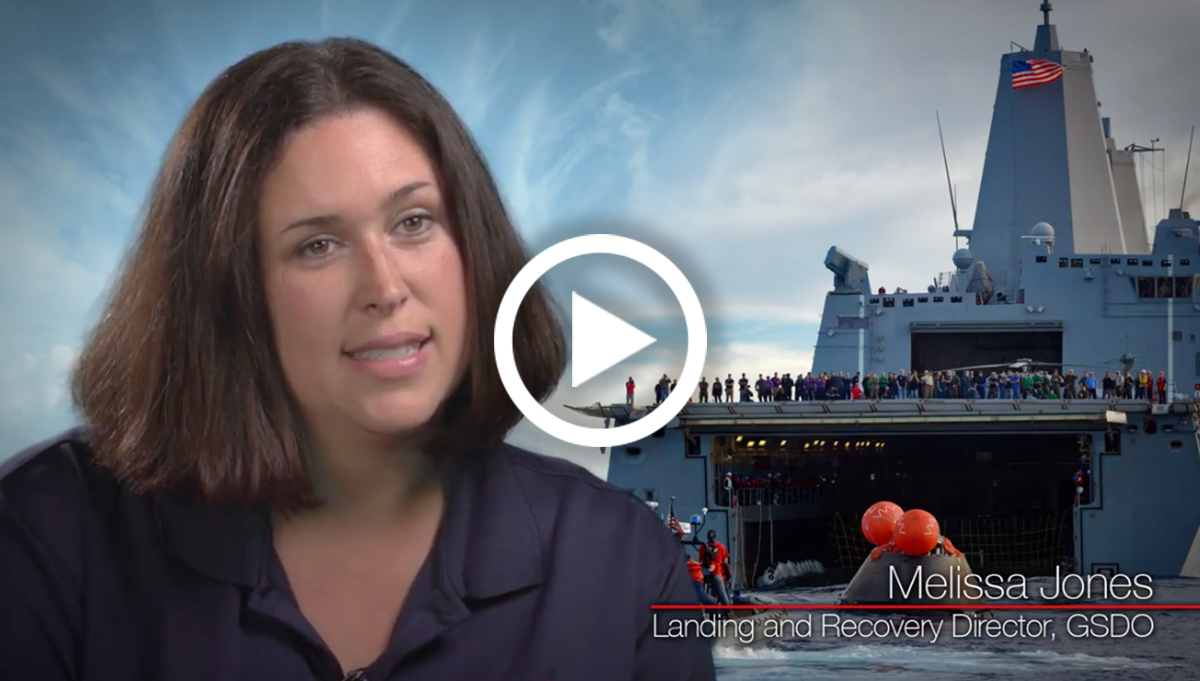Capturing and transferring knowledge in a program is critical.
Kathy Lueders worked as the International Space Station Program’s Transportation Integration Manager during the Commercial Orbital Transportation Systems (COTS) Program. COTS was a NASA-industry partnership to develop safe, affordable, reliable space transportation access to low-Earth orbit. In this video clip, she discusses the best methods to build up a large knowledge base and how to transfer knowledge among various programs.
Video key learning points:
- 1.
Human interaction is still the most effective form of knowledge transfer.
- 2.
Having people get diverse exposure to different ways to overcome the same obstacles on a project or program can build up a large knowledge base.
- 3.
People working in teams on different programs and projects can build up a large knowledge base if they are constantly sharing what they have learned with teams working on other programs.
- 4.
Human Exploration and Operations Mission Directorate programs are reaching out to share and learn from each other as well as with numerous commercial partners.
- 5.
Knowledge creation and capture in forms other than through human interaction must constantly be evaluated to see what is most effective.
- 6.
It’s worthwhile to examine how the rate of change might be making some knowledge and learnings obsolete. Some knowledge from past programs might not always be applicable to current programs.
Related Resources
NASA Knowledge Inventory: Kathy Lueders Videos
Brian Anderson: Importance of Knowledge Transfer (Parachutes)









